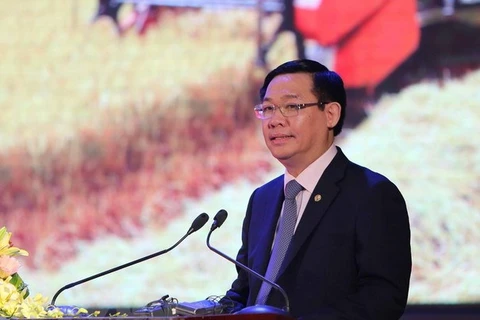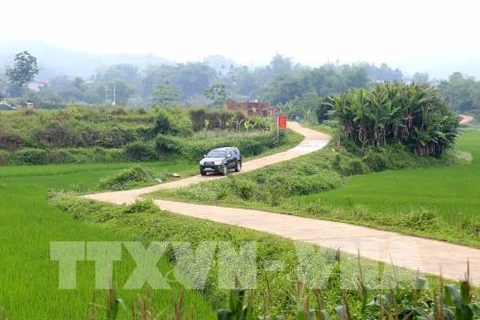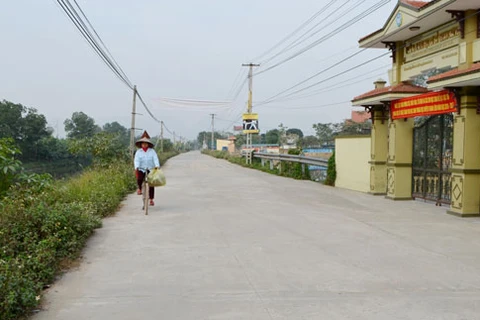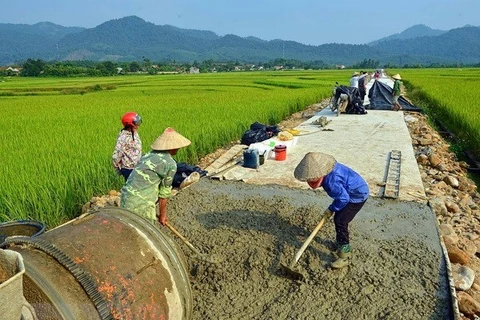Hanoi (VNA) – Deputy Prime Minister Vuong Dinh Hue has signed a decision recognising Song Cong city of the northern province of Thai Nguyen as new-style rural area, with all four communes of the city realising the criteria of the programme.
Over the year, the city has achieved significant economic results and maintained high economic growth.
To meet criteria of the national target programme on building new-style rural areas, local authorities have encouraged people to shift to growing new trees and breeding cattle to raise economic production efficiency, along with enhancing services development and trade, drawing new investment.
The city focused on growing tea under VietGap standard with high technology in Ba Xuyen and Tan Quang communes. It also mobilised social sources to support the development of all economic elements, especially for businesses investing in agriculture, services and handicraft industry.
In 2017, Song Cong city’s people earned nearly 32 million VND (1,400 USD) each, while the rate of poor households in rural area stayed at 5.93 percent.
The national target programme on building new-style rural areas, initiated by the Vietnamese Government in 2010, sets 19 criteria on socio-economic development, politics, and defence, aiming to boost rural regions of Vietnam.
The list of criteria includes the development of infrastructure, the improvement of production capacity, environmental protection, and the promotion of cultural values.
According to the Ministry of Agriculture and Rural Development, by February 21, 2018, there were 3,160 communes nationwide recognised as new-style rural areas, 35.4 percent of the total communes.-VNA
























